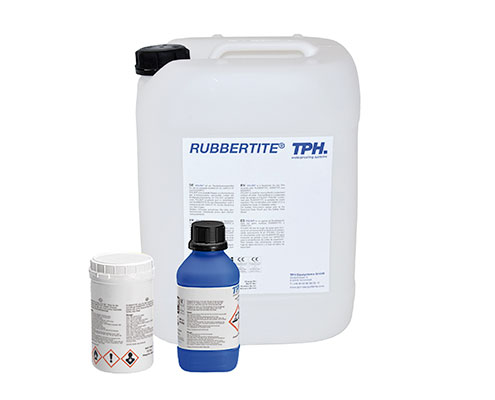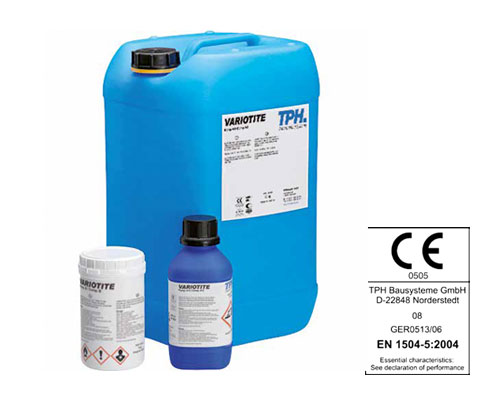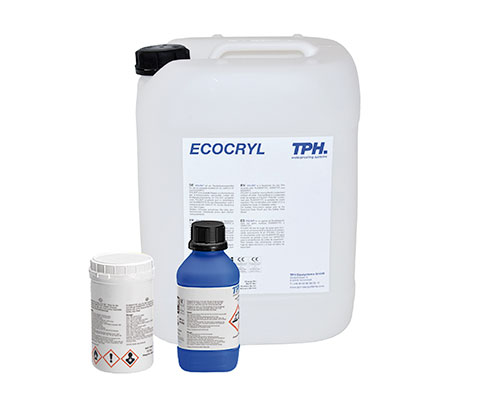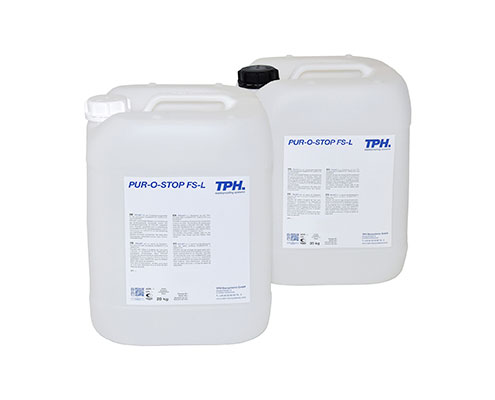
Curtain Injection
The curtain grouting injection is employed whenever excavation. Schleierinjektion / curtain injection is not possible for technical or cost-effective reasons or if cracked building components are subject to considerable movement.
At this injection method a gel curtain made from RUBBERTITE® respectively VARIOTITE outside the building part is made up. This results in the advantage that no water can reach the harmed building parts anymore and the same has the chance to dry out fully.
- Sealing without digging
- Waterproof up to 12 bar
- Adjustable to soil conditions
- High chemical resistance
- Long-term tested
- Worldwide references available
Main applications of the curtain grouting injection:
- Gelation of cracked or moisture saturated floor plates
- Curtain grouting of leaking expansion joints
- Sealing of cracked, moving building components
- Sealing of joints in buildings
- Complete and partial curtain grouting of tunnels constructed of tubbing segments
- Renovation of dilapidated canal masonry
Recommended Systems
Rubber-elastic, 3 C acrylate gel, multi purpose applicable
- Very low viscous acrylate gel with high flexibility
- Very good penetration, even in water filled cracks
- Long term stable. Proven stability of at least 16 years
Adjustable, rapid-reacting 3 C acrylate gel
- Very good elongation properties
- Proven according to DIN V 18028
- For renovation of dilatation joints
Slowly curing, from ridged to tough elastic, 2K polyurethane resin, which foams up in contact with water
- Filling of small voids ( < 300 liters)
- Consolidation of soil / open rock formation
Use
For a curtain injection first of all a raster of packers has to be set up. The raster should overtop the highest assumed level of ground water. The distance of 30cm in-between the packers is just an average. It is recommended to perform a test injection in order to check the distribution of the gel, which is heavily dependent on the ground structure.
The injection procedure is always carried out evenly from one side to the other and from the bottom upwards in order to be able to build up a smooth and even curtain. In the process it is essential that every packer is injected repeatedly.
The initial injection stage will more or less penetrate the back filling material. After the material has been hardened, the second injection stage can be carried out that now leads to a rather more even surface distribution of the acrylate gel due to the flow restriction of the initial stage.
The third stage will then finally achieve the actual required sealing tightness because the material is predominantly evenly distributed over the surface as pure gel (without sand). The required quantity of material as well as the necessary number of injection stages is dependent on the permeability of the ground.




